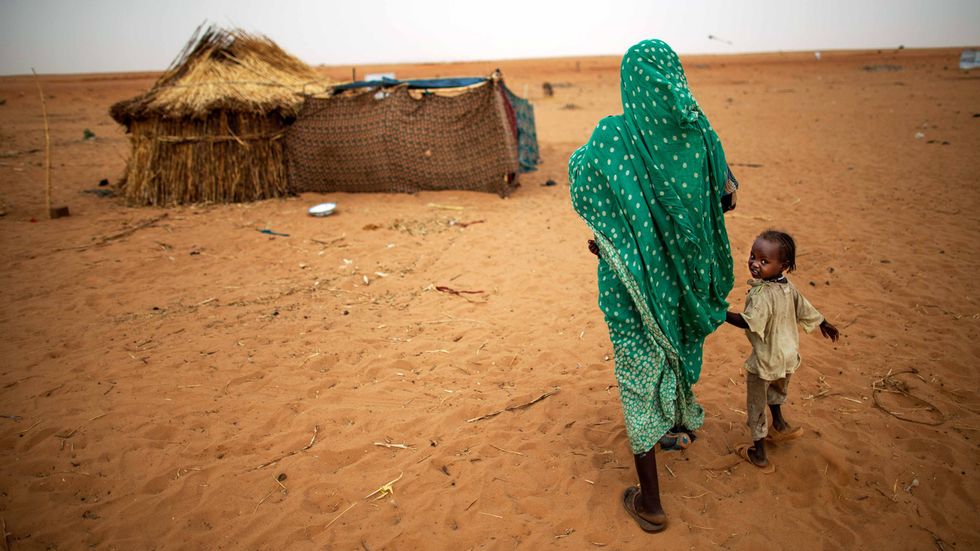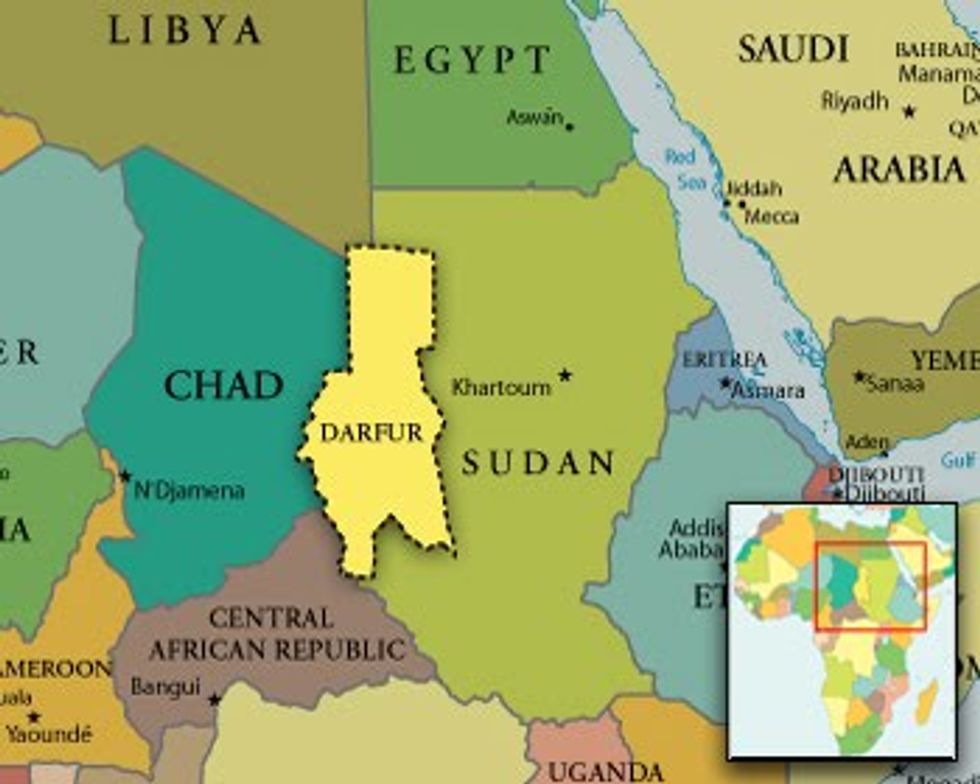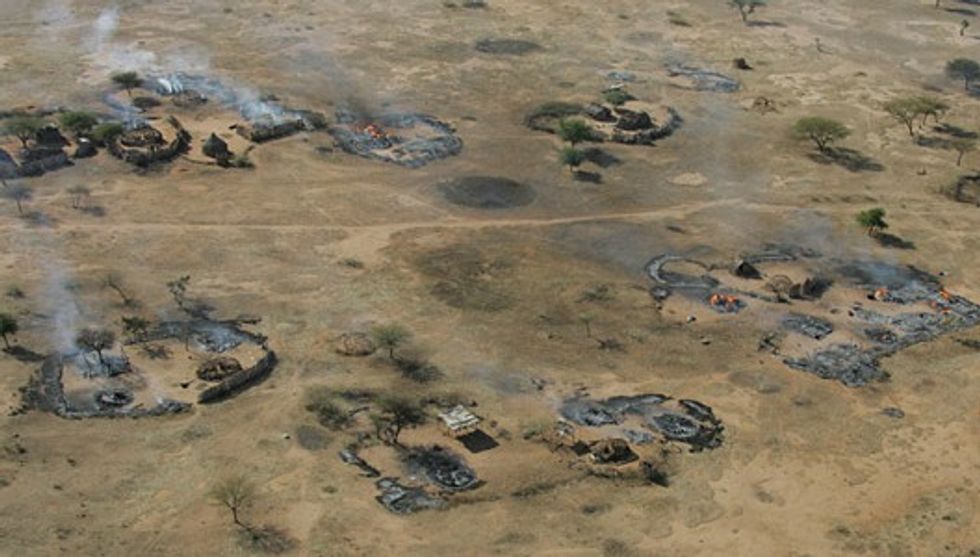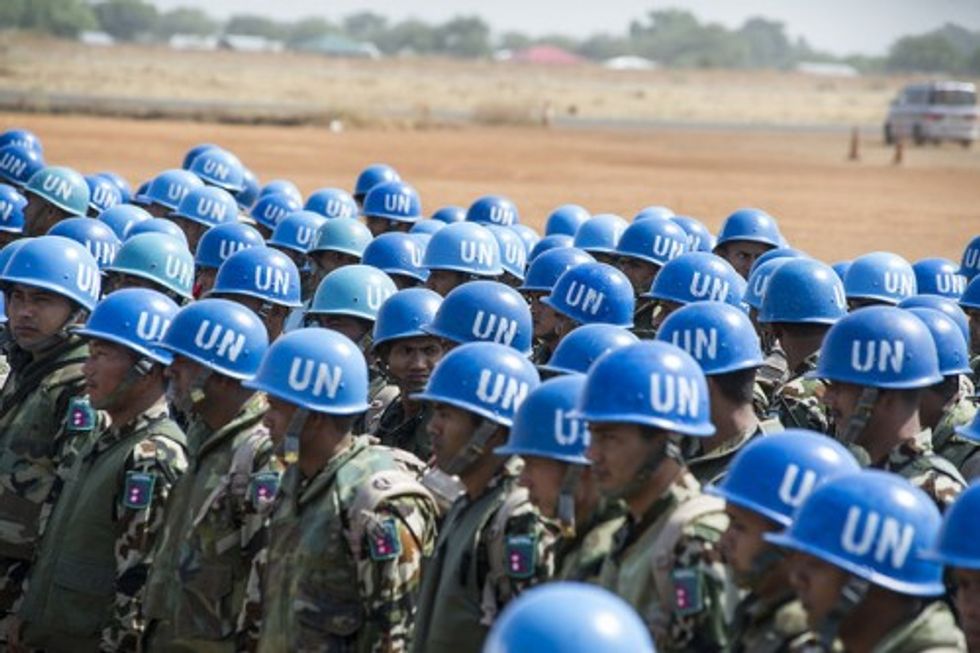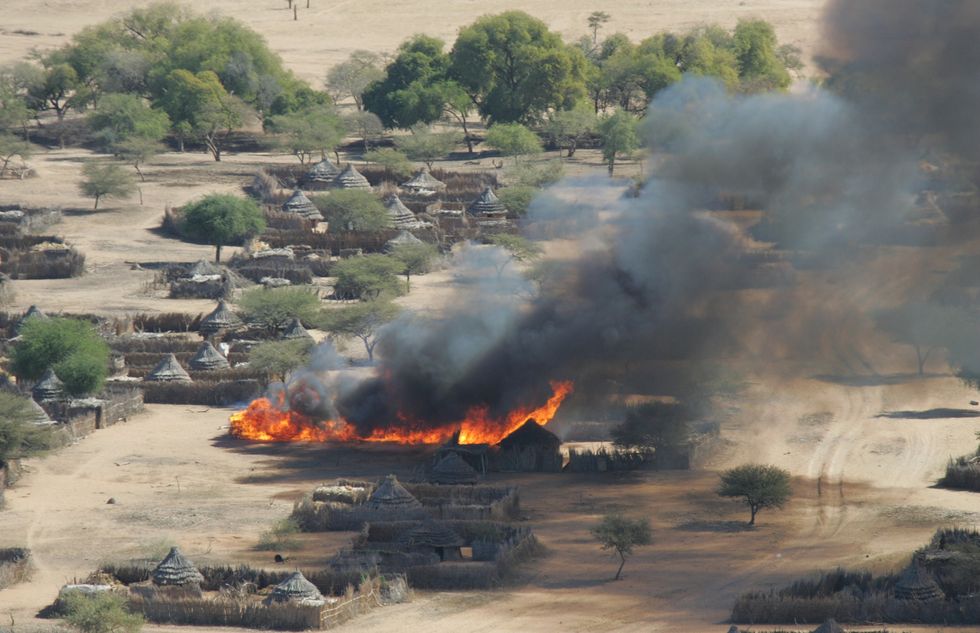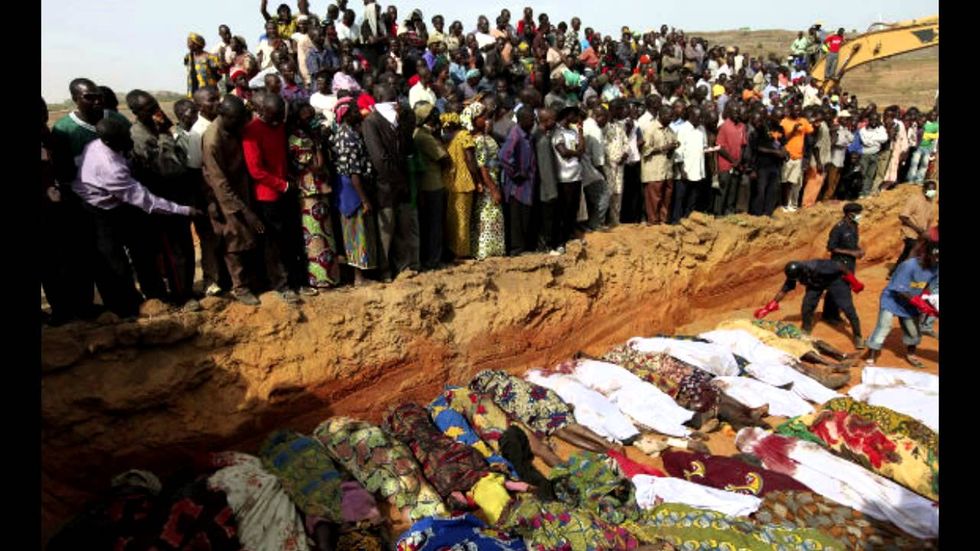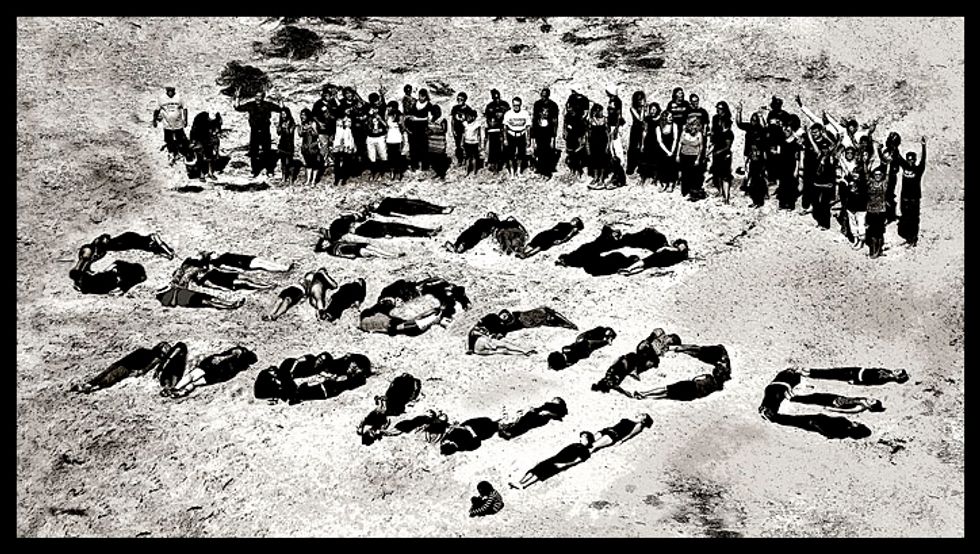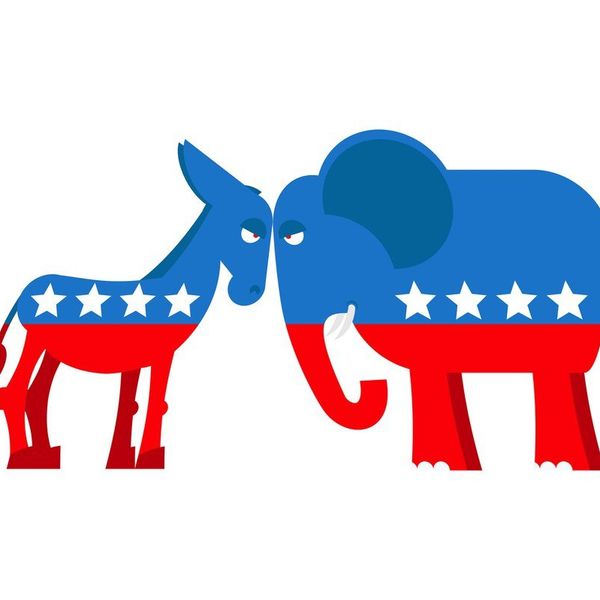Rwanda. Armenia. Cambodia. Holocaust. All atrocities that resulted in millions of innocent people dead, all genocides, and all well-known. One would hope that if a genocide were to occur in the modern world of 2017, people would be aware of it. Unfortunately, that is not the case. Despite increased accessibility in social media and news coverage, most of the general populace is unaware of the Darfur Genocide currently happening in Sudan. This article will change that.
Darfur is a region in west Sudan measuring at about 190,418 mi2 in area, which is slightly larger than California and Maine combined. It is home to many tribes of racially mixed Africans, among them being the Fur and Zaghawa tribes. Their primary religion is Islam. The Darfur Genocide originated from government neglect that left Darfurians with limited natural resources, poor health services, poor economic development, terrible education, famine, and little to no government protection from outside interference. In response to this neglect, rebel forces called the Justice and Equality Movement (JEM) and the Sudanese Liberation Army (SLA) revolted against the Khartoum government in February of 2003. The government retaliated by a campaign to rid the region of all non-Arab tribes.
After the attack, the government released a collective army of Arab militias called the Janjaweed (meaning “evil men on horseback”). Janjaweed attacks involved killing, torturing, severely injuring people, plundering, destroying fields and houses, poisoning water wells, and raping men, women, and young girls. Sudanese government forces aid the Janjaweed by attacking from the sky with aerial bombings. Over 480,000 people have been killed and at least 3 million people have been displaced. With an estimated population of 6 million people in Darfur, that means that over half of the residents of the entire region have been removed from their homes.
The campaign was labeled as genocide in September of 2004 by President George Bush and U.S. Secretary of State Colin Powell. In 2006, the Darfur Peace Agreement (DPA) was made and signed between the Sudanese government and a faction of the SLA. However, the DPA was flawed and weak, and due to the lack of signatures from the JEM and other factions of the SLE, it was not effectively implemented. Violence in Darfur has increased since the DPA was signed.
In July of 2007, Resolution 1769, passed by the UN Security Council, authorized the deployment of a 26,000-person peacekeeping force in Darfur in January of 2008. The mission was entitled the African Union Mission in Darfur (UNAMID). Once fully deployed, the troops would create safe ways for humanitarian aid to assist with refugees in Darfur, implement the DPA, and guard the borders with Chad and the Central African Republic. Deployed peacekeeping troops have since been attacked and suffered a few casualties on different occasions. The Sudanese government has not permitted UNAMID the freedom of movement necessary for effective peacebuilding and consistently denies visas for mission troops to leave the country. It also demanded in 2014 that the mission would come up with an exit strategy.
Despite the implications of UNAMID withdrawal of some mission personnel from Darfur, the conflict has not diminished in violence. Attacks on hundreds of villages have been documented by Human Rights Watch and other humanitarian organizations in 2015 and 2016, and there have also been attacks on civilians and rebels in 2017. Violence persists even today as Sudanese government officials clash with IDPs and continue to destroy their homes.
President Obama, in his last week in office, lifted economic, trade, and financial sanctions from Sudan. The sanctions were created in 1997 due to Sudan’s support of terrorism and, in 2003, were continued due to the country’s genocidal regime. American citizens may now conduct business, trade, and commerce with Sudanese individuals and government entities. Lifting sanctions on Sudan had been proposed before, but the conditions involved an end to the violence in Darfur, which has evidently not decreased.
That is the genocide that our generation has missed. Darfur has been suffering for 14 years because very little of the general populace knows about the genocide. The first step towards solving a problem is admitting that there is a problem and decreasing ignorance about it. The second step is to take action. Today’s world is full of devastation and injustice, and that will not change unless we decide to change it. John F. Kennedy once said, “Ask not what your country can do for you, ask what you can do for your country.” Allow me to apply it to a global scale, and I will leave you with this: “Ask not what your world can do for you, ask what you can do for your world.”
Some Ways You Can Help Darfur
- Contact your elected officials. Write your representatives to share concerns about Darfur.
- Get media coverage. Write letters to editors of newspapers and community leaders to raise awareness about Darfur.
- Organize a fundraiser or benefit event. Raise funds for food, shelter, water, clothes, and other supplies for refugees.
- Hold a rally. Rallies can generate media coverage.
- Conduct an Educational Presentation. Teach your friends and family about the crisis in Darfur.
Here is a link with more ways to help Darfur: http://savedarfur.org/take-action/activist-resources/
Below are links for donations:
https://donate.unrefugees.org/ea-action/action?ea.client.id=1873&ea.campaign.id=67145&ea.tracking.id=D15XSX174XXS&gclid=Cj0KCQjw9uHOBRDtARIsALtCa97YaEVRS6pnEcMqofASdoWtJ10FYEW0InIYZG7dt3iiTTAC5bu6IIEaAmDbEALw_wcB&gclsrc=aw.ds
For More Information on the Darfur Genocide, Visit the Following Links:
https://unamid.unmissions.org/timeline
http://www.darfurwomenaction.org/unamid-must-be-effective-to-protect-civilians-darfur/
https://www.hrw.org/news/2017/06/14/un-drastic-cuts-darfur-mission-misguided
https://unamid.unmissions.org/sites/default/files/report_of_the_sg_on_unamid_august_2017_2.pdf
http://www.darfuraustralia.org/darfur/basics
http://www.darfuraustralia.org/darfur/background

